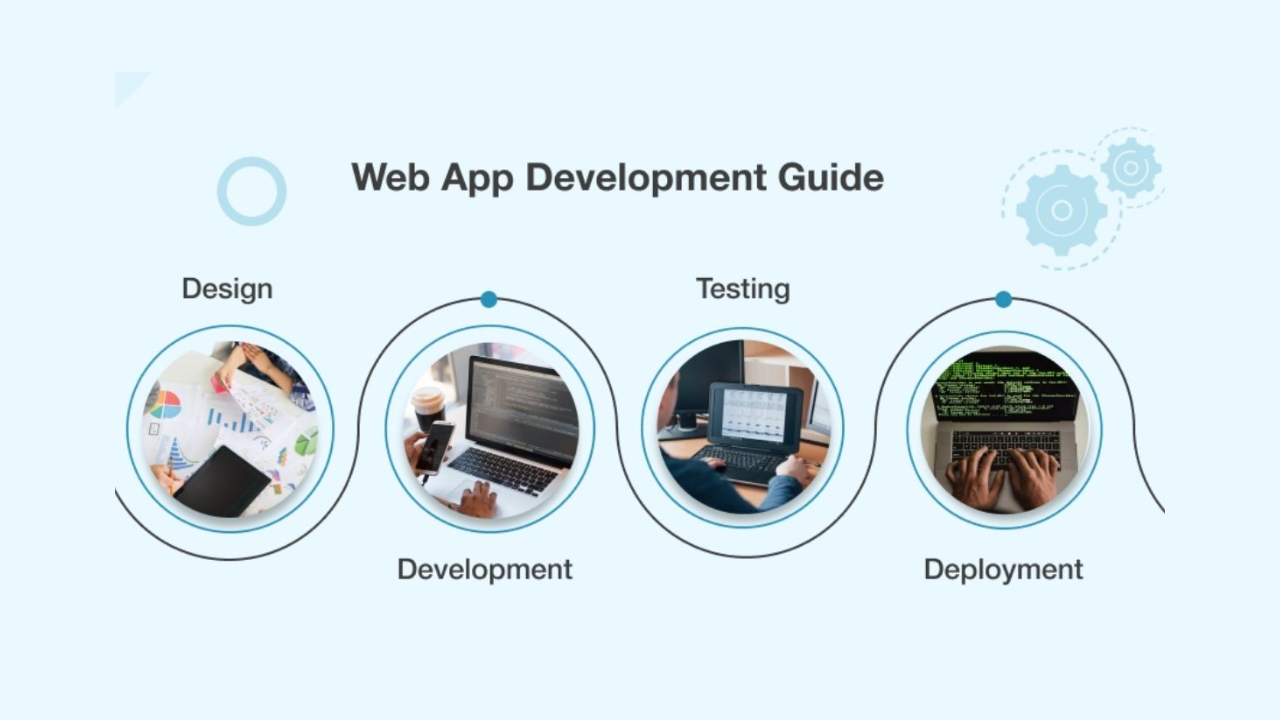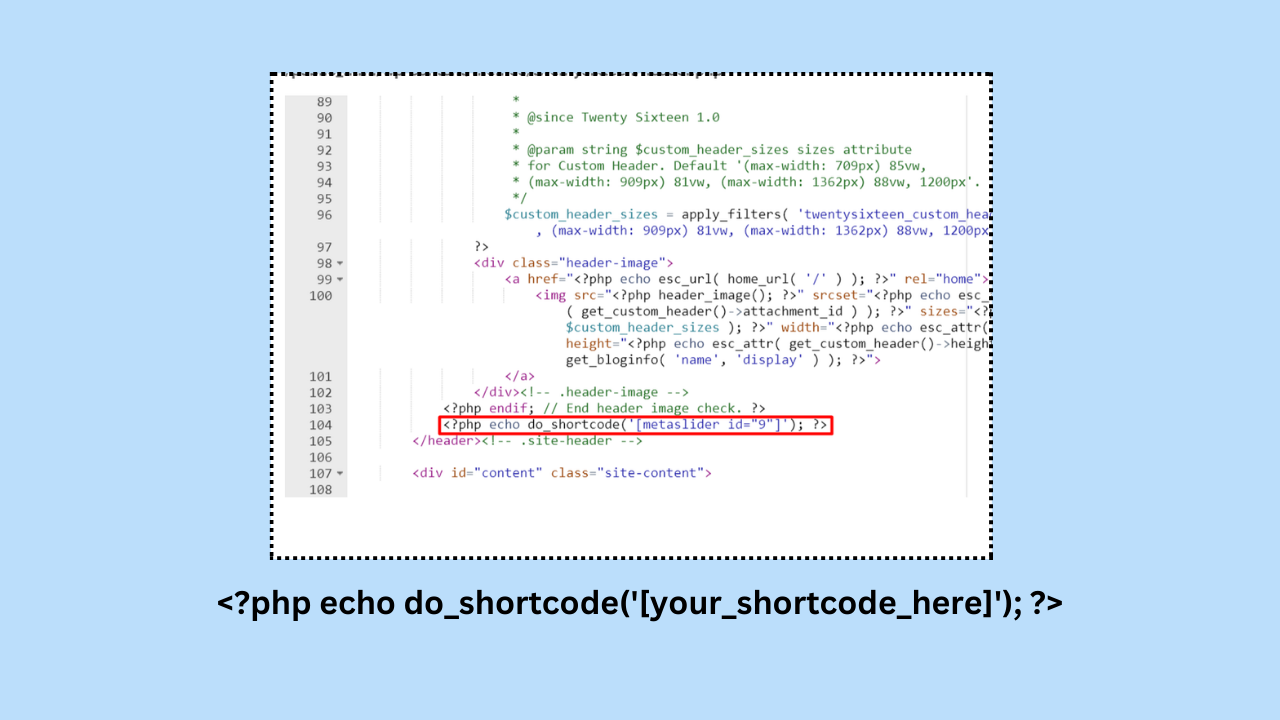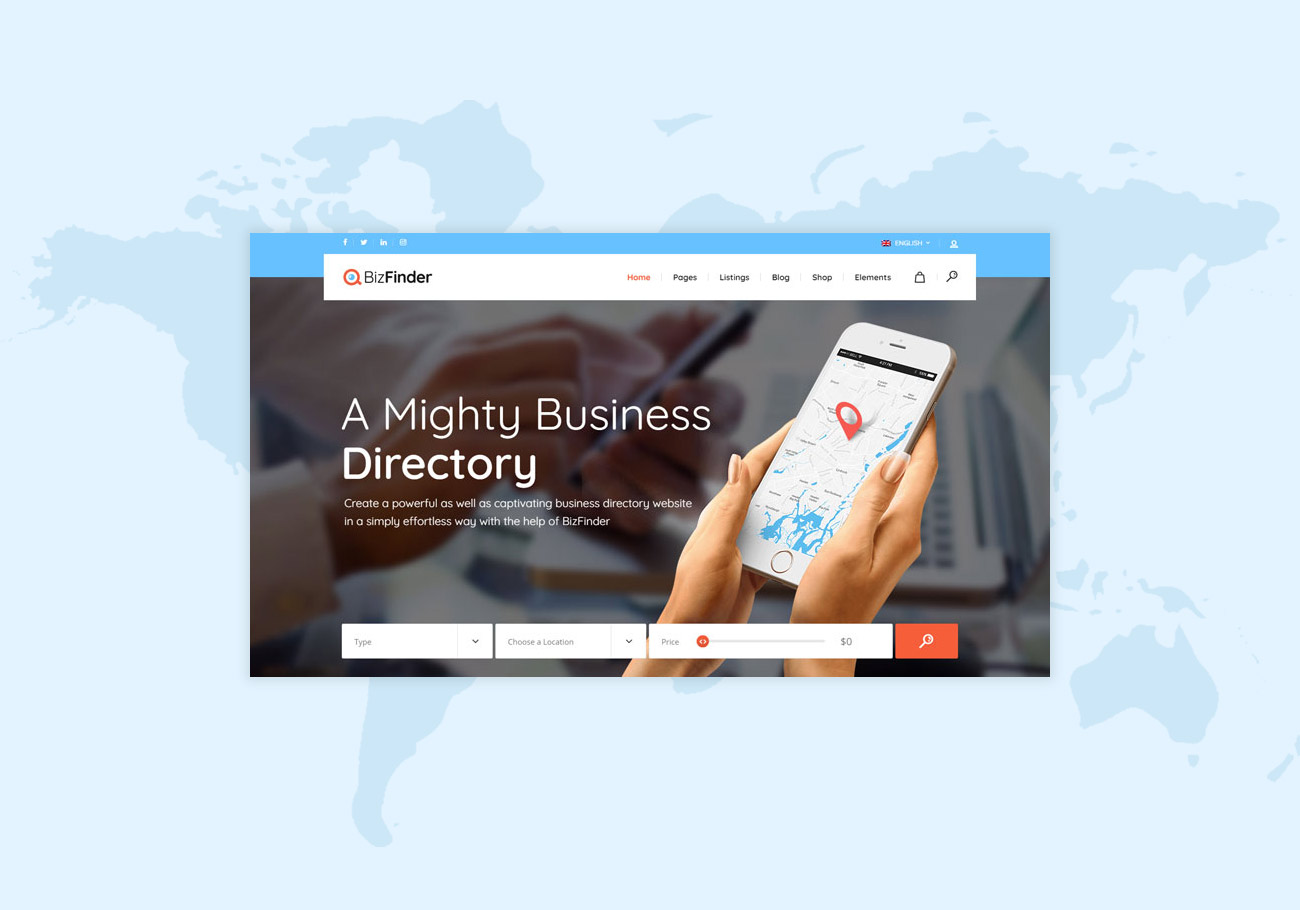Have you started a digital advertising campaign in which you only pay when the results come? These results could have been in the form of clicks, leads or sales. If you said yes, then chances are you have done or are doing performance marketing.
What is Display Marketing? This is a strategy that allows you to pay affiliates, advertising publishers or display media marketing agencies on an agreed performance basis rather than a similar fee. Also called online display marketing or performance media marketing, it combines advertising and brand marketing activities, focusing on measurable results to determine payment. Placing branded posts at a top-level publisher or advertising on YouTube are some examples of display marketing channels.
The United States has seen a steady increase in performance marketing spending, reaching $ 6.2 billion in 2018, according to a study by PricewaterhouseCoopers (PwC) in partnership with the Performance Marketing Association (PMA). Furthermore, the choice to adopt a performance marketing strategy is mostly due to its “scalability, trackability, attribution and attractive return on investment (ROI)”. Attribution is a major attraction here because it shows you a direct relationship between investment and results, such as the exact advertising dollars spent to increase the sales of a product.
With a clear path to customer acquisition and conversion, brands can reduce advertising spend while maximizing ROI. The purpose of this article is to provide you with a working performance marketing definition and an awareness of its importance. We also touch:
How Does Performance Based Marketing Work?
Before we delve into the dynamics of digital display marketing, let’s briefly look at how traditional advertising works. For the past century, brands have carried their marketing messages through traditional media such as newspapers, magazines, television, radio and billboards. This form of advertising aims to reach as many people as possible and requires a fixed fee regardless of performance. Often, the cost of traditional advertising is expensive because you are paying for the number of readers or viewers. But the actual impact of a broadcast or print advertisement is difficult to measure.
Nowadays, new forms of advertising go online and provide objective-based, accurate audience targeting. Here, you have the means to reach the right people at the right time so that your ads can lead to customer acquisition or conversion. And you only pay when your ads perform.
As the competition gets tougher, it is important to focus your budget on marketing channels that bring tangible results. Select services that allow you to measure marketing performance and produce better business and marketing decision-making data. This is the way to practice performance marketing.
As such, it’s a good idea to get familiar with these roles:
• Advertisers: These are the merchants and retailers that want to promote their products or services through affiliates and publishers. Retail and eCommerce sectors benefit the most from this approach, especially those offering beauty and fashion products, food and beverages and other consumer goods.
• Publishers: Affiliates predate what is performance marketing now. They promoted brands according to set goals on their personal or business sites. These days, affiliates share the “publisher” label and the market with influencers, content creators and other marketing partners.
• Affiliate networks: Third-party entities or platforms connect brands and publishers, provide efficient tracking of key performance indicators (KPIs) and facilitate payments.
• Outsourced program managers (OPMs): This group comprises any full-service digital marketing agency offering performance marketing services or a performance marketing company. OPMs take charge of strategy, campaign execution, compliance with regulations and publisher outreach.
Performance Marketing Channels
Have you ever encountered performance marketing vs digital marketing comparison and got confused? Let’s clarify the difference for a moment.
Understand that digital marketing is the use of online channels to reach customers and bring products and services to them. It is a broad field that encompasses search engine optimization (SEO), email marketing, content marketing, social media marketing, and video marketing. Now, imagine that some channels fall under a small category in that wide area. They share the same features and fit the performance marketing definition: Solution You only pay when the desired actions occur.
If you go beyond the classification and consider the objective, a performance marketing strategy is designed to achieve digital marketing goals. So instead of considering a better option – performance marketing vs. digital marketing – let’s explore which online display marketing channels can enhance your marketing efforts.
Sponsored Content/Native Advertising
Social Media Advertising
Social media has powerful targeting and tracking capabilities, which you can take advantage of by advertising on your chosen platform. You can set up an advertising campaign based on your business objectives. Depending on the platform, you can choose from various ad formats and payment models. The great thing about paid advertising on social media is that you have access to marketing performance data. You can explore the link between your investment and results, with the opportunity to improve your campaign to boost performance.
Search Engine Marketing (SEM)
Combining both search engine optimization (SEO) and paid search, this performance-based marketing channel focuses mostly on the latter. Pay-per-click marketing, the most popular paid search model, places your ad at the top of the fold to increase the visibility of your search results.
Affiliate Marketing
While it is often mistaken as digital display marketing, affiliate marketing is just one of the channels. This performance marketing strategy has a simple premise: merchants pay affiliates a commission for each referral or transaction. This reduces risk for brands as revenue is generated before money is spent.
Programmatic Display Ads
An experienced performance marketer would recommend programmatic performance with caution. In general, advertisers have to pay for impressions for this type of advertising, or the number of times your creative was displayed on the web. Being seen is very different from getting clicks or conversions. But if you find a performance marketing agency with the right skills and tools, you may be able to display your ad on sites that are proven to boost marketing performance. And it is still rare today.










